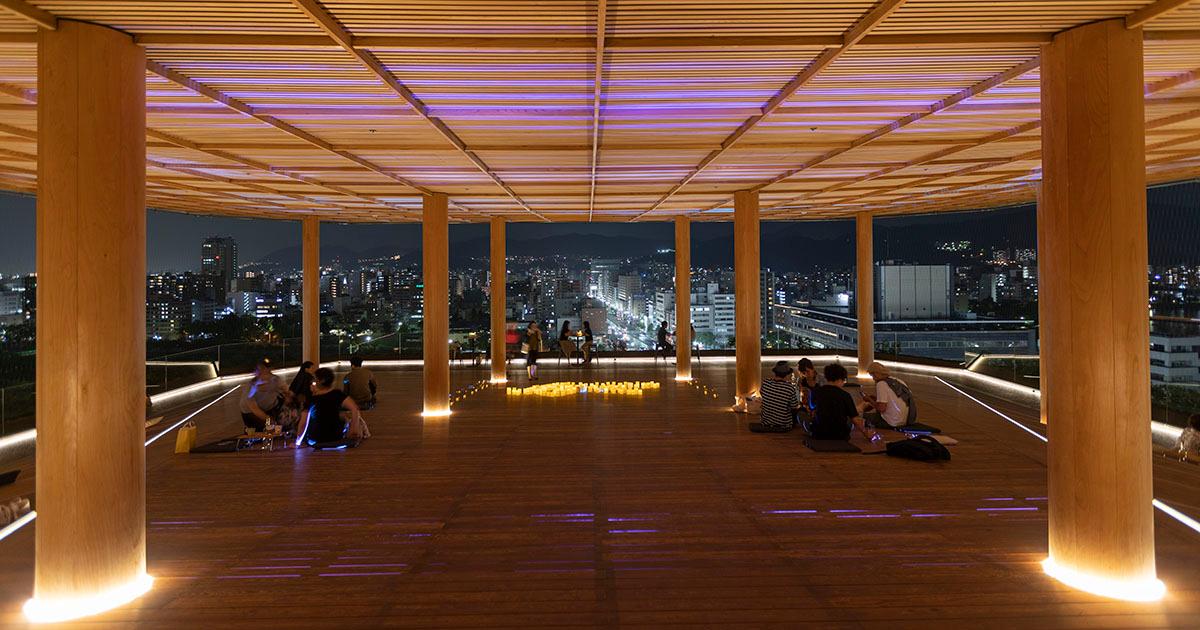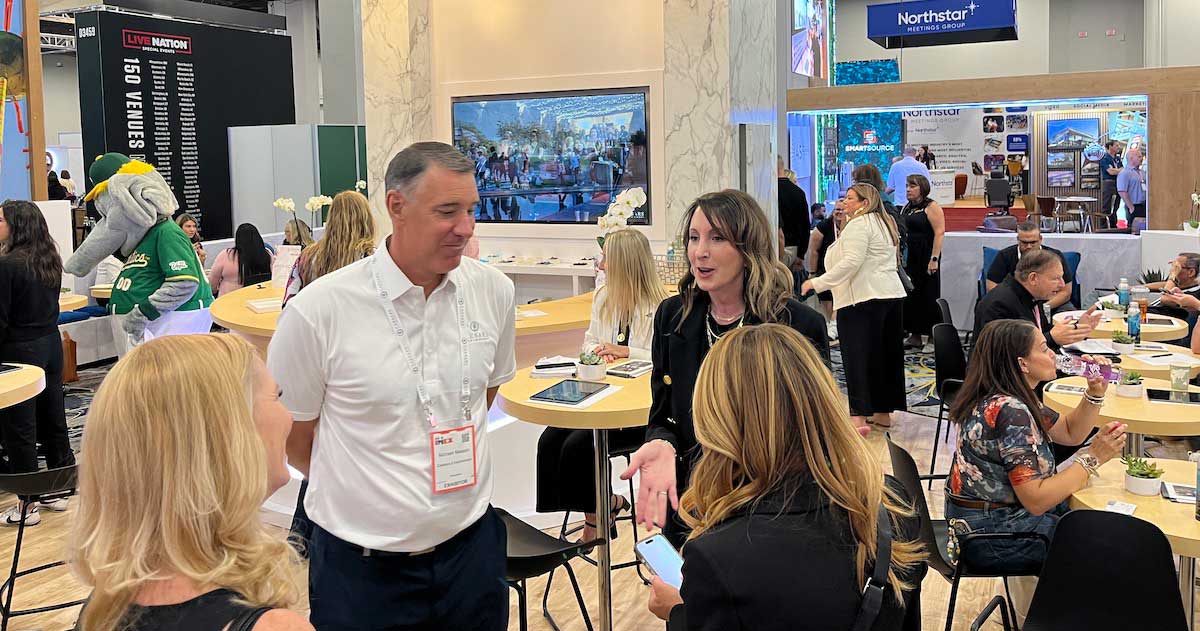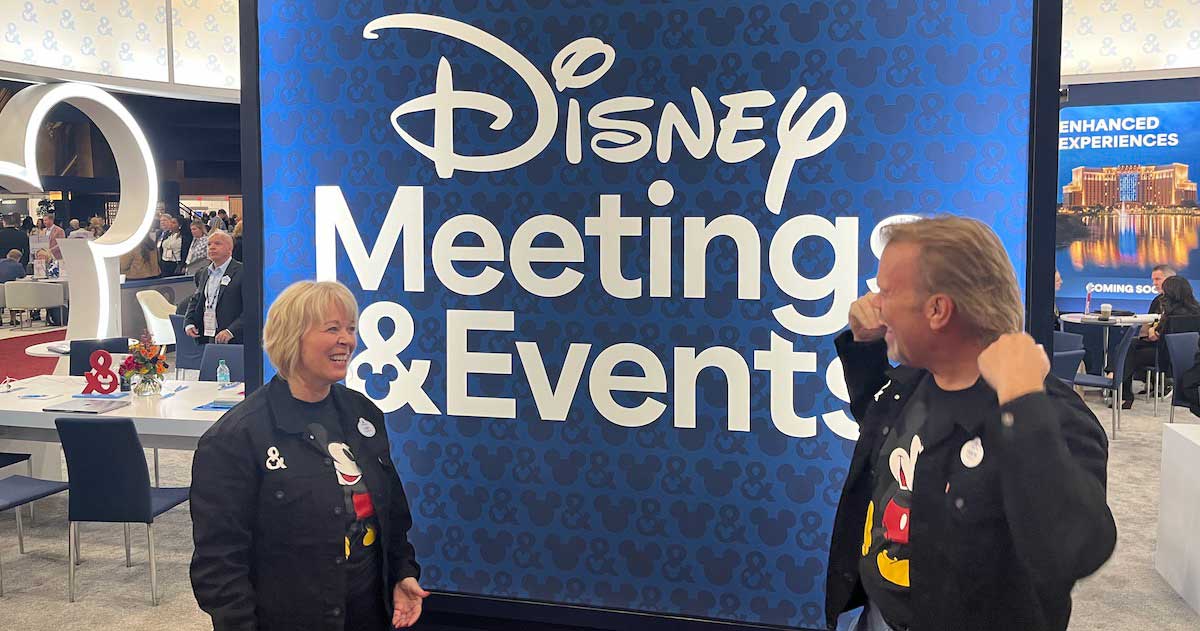Hiroshima, located in western Japan, combines a rich history with a vibrant contemporary culture, quite different from the everyday scene in Tokyo. Although best known abroad for the tragic events at the end of World War II, the city is famous in Japan for its cultural sites, lively atmosphere and excellent culinary traditions.
Hiroshima is also a regular host to huge international gatherings. One notable example is the 2015 World Scout Jamboree Peace Programme, which brought in 30,000 visitors. One of the key factors behind the city's success in this area is the Hiroshima Convention & Visitors Bureau, which offers organizational and financial support. To ensure that everything goes smoothly, they can also mobilize volunteer interpreters. Mr. Arjun Narne, the director of KW Conferences, described HCVB as "one of the most efficiently managed" organizations he'd ever dealt with. "Throughout all the pre-planning and information sharing, the HCVB team was incredibly professional. The entire team was extremely dedicated and ridiculously hard working!" Professor Norimune Kawai of Hiroshima University had a similar experience, praising their attention to detail. This included "restaurant guides that give consideration to the religious beliefs and allergy conditions of conference attendees."
Food is a key part of Hiroshima's image, with oysters, tsukemen (noodles dipped in soup) and okonomiyaki (a savory Japanese pancake) taking pride of place on the city's menus. The unusual settings available for enjoying a meal include a cruise ship: Hiroshima Ginga Bay Cruises can accommodate up to 160 people for lunch or dinner. The ship slowly weaves its way along the coast, around the islands scattered throughout the bay.
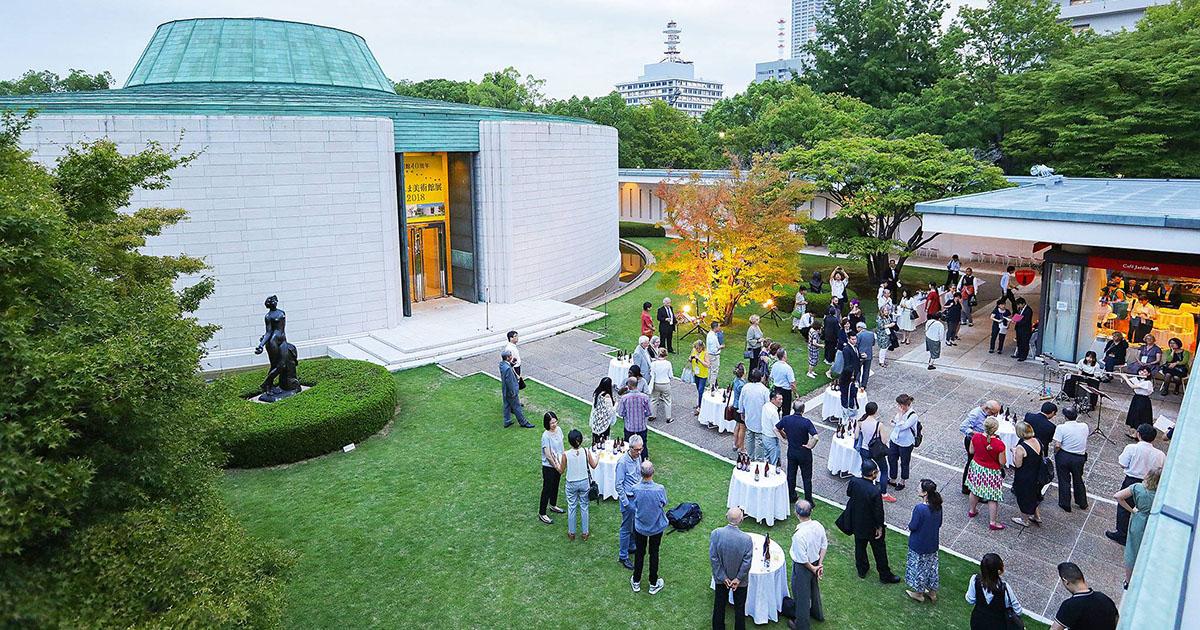
A similarly unique venue can be found right in the middle of the city. At the Hiroshima Museum of Art, guests can relax during a reception by enjoying a collection of Impressionist art, which includes works by Renoir, Cezanne, van Gogh and Picasso. The museum can arrange after-hours art viewings and garden parties, offering a tranquil environment for conference guests to unwind and recharge after a long day of presentations or meetings.
Most itineraries mix business with pleasure, and the museum acts as a great starting point from which to explore a lively and bustling city. Many of Hiroshima's must-see spots and conference facilities are within convenient walking distance of each other, making programs easy to organize. For example, the Museum of Art is around a twenty-minute walk away from Hiroshima's International Conference Center, or the Cultural Exchange Hall, both of which are well-established meeting venues. One mode of transport that participants might especially enjoy is the Hiroden Streetcar, a sleek network of modern trams.
The Hiroden Streetcar can even take you as far as the ferry to Miyajima, an island just off the coast, and a national standard-bearer for tourism. Photographs of this World Heritage site are among the most iconic images of Japan. Miyajima's attractions include an aquarium featuring more than 13,000 sea animals representing about 350 species; Kangensai, a festival celebrating Japan’s culture and spirituality; and Mt. Misen, a peak regarded as “a natural botanical museum.” Groups can explore the island in authentic Heian period (794-1185) attire. Appropriate costumes are provided for the season, and the experience is available in any month.
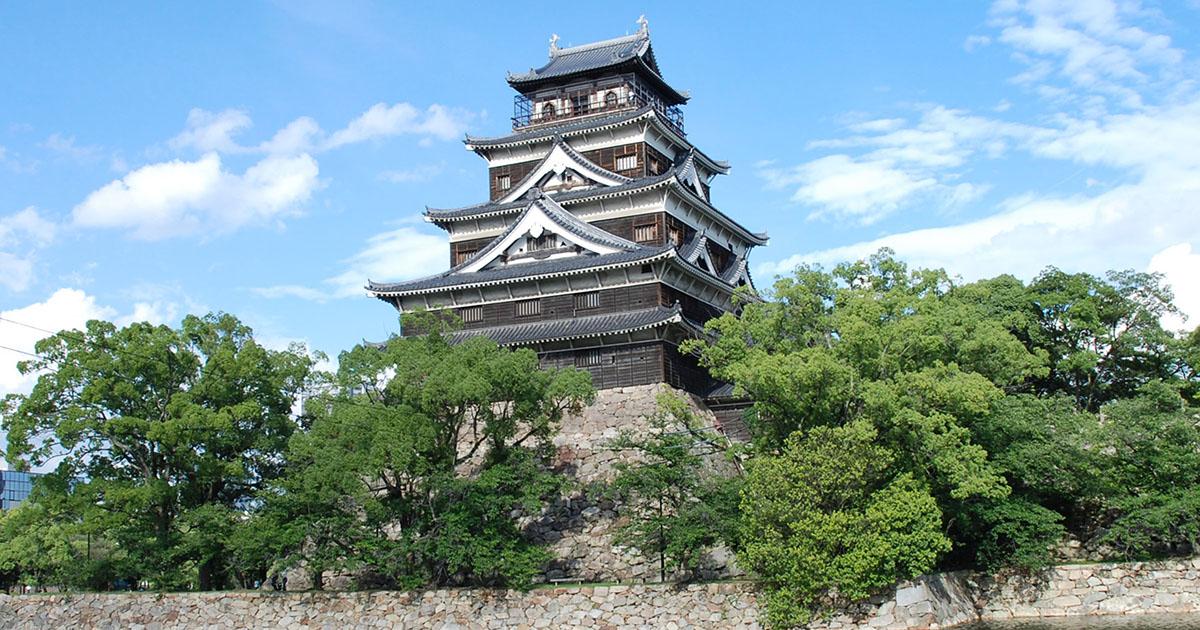
Overlooking the city is Hiroshima Castle. Although it's a replica, built in 1958, the original fortress had a history spanning centuries. Built in the late 1500s, it predated the city itself. The castle is now a museum that records the history of the city prior to the atomic bombing, and is a faithful representation of the structure it replaced. Ajay Bhojwani, Managing Director of MCI Middle East, an event management company based in the UAE, said that the exhibits show the "real belief of people and the strong culture the people have." He noted that this history is now complemented by "some great infrastructure in terms of hotels and convention facilities," making the city a strong destination for meeting and conferences.
The location that most strongly represents Hiroshima's global image is surely the Peace Memorial Park. Each year, at 8 a.m. on August 6, a ceremony held here solemnly marks the anniversary of the atomic bombing of the city in 1945. The A-bomb Dome, very close to the park, is a World Heritage site, and a symbol of the devastating impact of the attack. As survivors age, they have been passing memories on to A-bomb Legacy Successors, who can share these moving experiences on request. Their words will explain exactly why Hiroshima is known around the world as a city of peace.

https://www.japanmeetings.org
https://www.japanmeetings.org/why-japan/compact-convention-cities/
